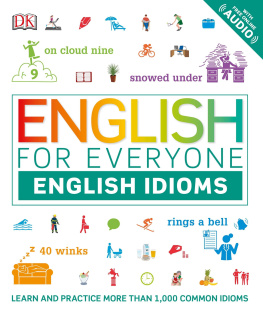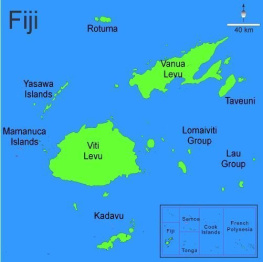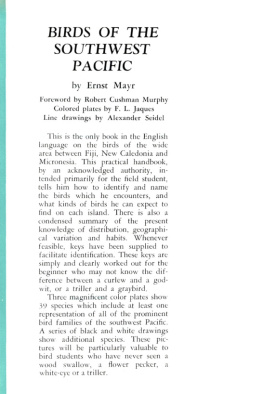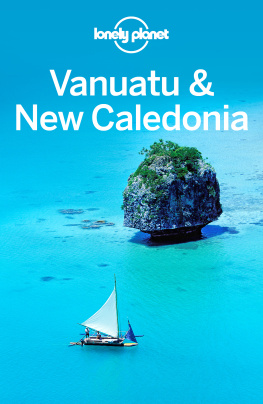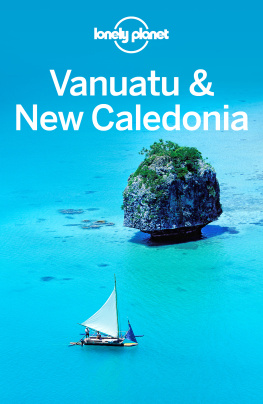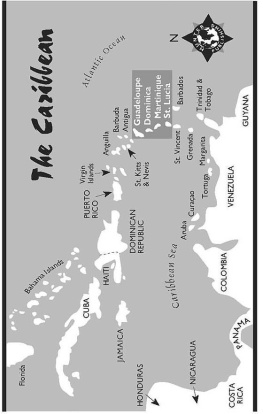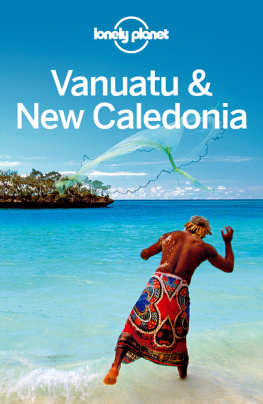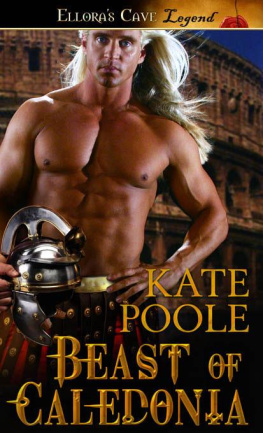New Caledonia
Thomas H. Booth
Hunter Publishing, Inc.
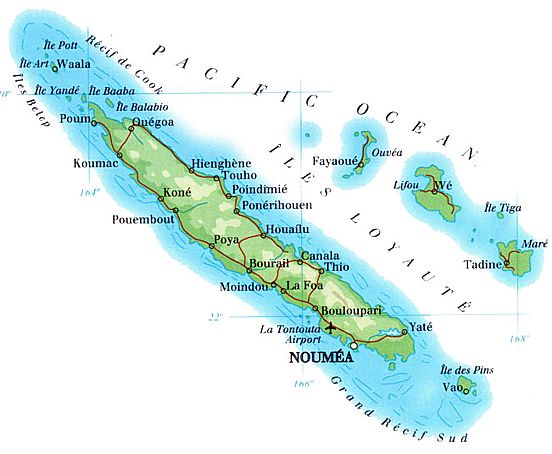
New Caledonia consists of a large island, Grande Terre, and a group of small islands called dependencies-the Loyalty Group, Ouen, the Isle of Pines, Huon Islands, and the Chesterfields. Grande Terre is as big in land mass as the whole state of Hawaii. Its capital Nouma, with 70,000 people, looks big too. There are imposing buildings, freeways, traffic lights, escalators and, in the center of town there is a large bowered park called the Place des Cocotiers.
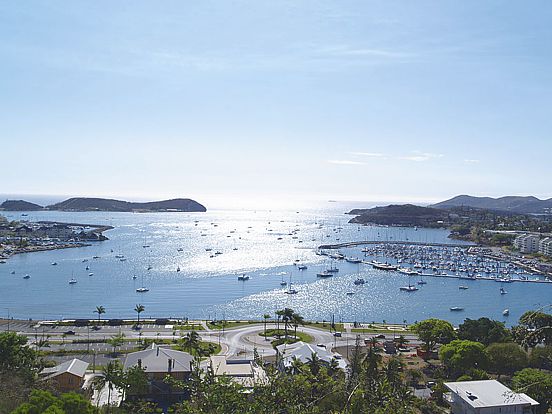
Nouma
Nouma has sidewalk cafes, little corner bistros, boulangeries, patisseries and, if it weren't for the black faces and the climate, you could be in a French provincial town. The white inhabitants have a Gallic look, the slight difference around nose and mouth that perhaps comes from a nasal approach to words. Some look as if they had just left the farm, some are conservatively well dressed, and many of the young people are clad in the latest mod-chic.
Then there are others. You see them and hear them in the bars and bistros. They are usually bearded and have a military appearance. They are clearly soldiers, perhaps of the Foreign Legion. New Caledonia needs them now and perhaps will in the future.
Arrival in New Caledonia is attended by the feeling that you've arrived somewhere very colonial, very French, where everything works, except during the awkward hours from 11:30 AM to 1:30 PM when everything is closed. You'll soon become aware that the standard of living is much higher in New Caledonia than on other Pacific islands, except Guam and Hawaii. They've got television, lots of cars, good housing, big hospitals, and a form of government that's run as an overseas territory of France. What the French say about galit they apparently mean, for all New Caledonians are full citizens of France, though this doesn't mean that everyone has a say in what's happening in New Caledonia now. The problem is that, out of a population of 145,000, the 60,000 native Melanesians known as Kanaks constitute a 40% minority. They want independence, and a few are extremely militant about the matter. Because they know they would lose in a referendum, they say they'll boycott the polls and threaten violence at the outcome.
The other 60% French, Asian, Vietnamese, Algerian prefer French rule and are of the opinion that the Kanak lifestyle is not oriented toward self-government. Kanak workers, they say, tend to be more interested in a rural life than in acquiring technical skills or material possessions.
According to the French, the Kanaks don't want to work.
According to the Kanaks, they don't get the chance. They say they just get the dirty low-paying jobs, and they add that France is exploiting them by reaping millions of dollars from their mines which produce high-grade nickel ore. The Kanaks have a point. France's economy would be hurt if the mines were lost to an independent New Caledonia.
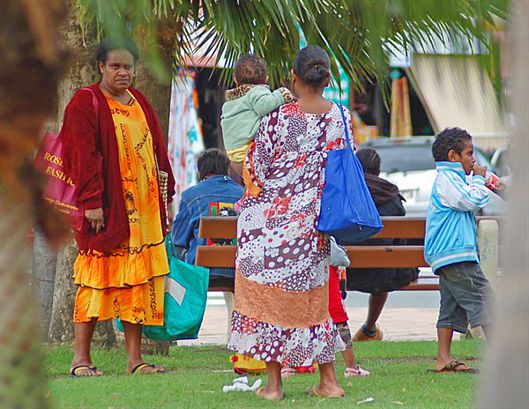
Kanak women & children in Nouma
On the other hand, when you look around this colony at the roads, the public buildings, schools, and hospitals, it's evident that a lot of money has been spent on public works, money that undoubtedly came from the mines. Even so there are rural Kanaks who claim they've never seen any of the benefits. Both sides have legitimate arguments. Perhaps these problems can be resolved without violence, the sort of violence that occurred years ago in Algeria. Nevertheless in an autonomy conscious world, it's hard to imagine a long and sustained colonial future for New Caledonia.
For the present, New Caledonia is a great place for a vacation. For Aussies and New Zealanders it's a sort of Hawaii, but closer. Nouma is less than 1,000 miles from Australia. In Nouma you'll find the big hotels, the boutiques, the casinos, the beaches, and the restaurants. Half of the population lives there. That leaves a lot of empty space on the rest of the big island and the tiny islands around it.

Bus to the outlying areas
The Land and Her People
New Caledonia and its dependencies are an island group in the southwest Pacific that forms part of Melanesia. The bIg island called Grande Terre has a land area of 12,000 square miles, and is the third-largest island in the South PacIfic after New Guinea and New Zealand..
Along the entire length of New Caledonia runs a chain of mountains. Mt. Passie in the north and Mt. Humbol in the south are nearly 5,000 feet high and this chain divides the island into climatic areas. In the west on the leeward side, like the Australian outback, there are wide stretches of dry savannah land dotted with eucalyptus trees. This is good cattle country but, because of invasive mangrove swamps along this coast, there are few good beaches.
On the east coast where it rains over 100 inches a year, there are coconut plantations, rivers with waterfalls, and 150-foot-tall Norfolk pines. This is where most of the rural Melanesians live. Around both sides of the island, there is a protective barrier reef, the second-largest barrier reef in the world.
The Economy Mining, mainly nickel ore, represents the most important export by far. The island provides 30% of the world's nickel. Secondary resources are cattle, copra, fish farming, and tourism. But since locally grown products are insufficient for local needs, meat, groceries, and manufactured products are imported from France, the European Economic Community, Australia, and New Zealand.
The People Half of the 145,000 people live in and around Nouma. About 60,000 are Melanesian, 50,000 European, 17,500 are Wallis Islanders and Tahitians, and 12,000 are Indonesians and Vietnamese.
Government New Caledonia is part of the Republic of France, and the head of the Territory is an appointed High Commissioner. He has considerable power and runs such things as defense, education, public works, agriculture, and mines. Then there's an executive council, and finally an elected Territorial Congress consisting of 46 members. There is some criticism, perhaps justified, for it's said that the High Commissioner can alter anything the Territorial Congress does. The French for the moment are in full charge.
The real Melanesians, most of whom live on the east coast or in the south, grow manioc, yams, taro, sweet potatoes, bananas, and coconuts. They raise chickens and pigs, and their national dish bounia, which is similar to that in the other island groups, is a steamed leaf-wrapped mixture of taro, yams, manioc, chicken, fish or pork laced with coconut milk .
Their traditional culture is also similar to that found in the other islands. They call it "la coutume." In independent Vanuatu it's called "custom" and now with independence, it's given room to breathe. In New Caledonia a return to the old ways is sought after, but any success they have with this seems to be in spite of the government.


